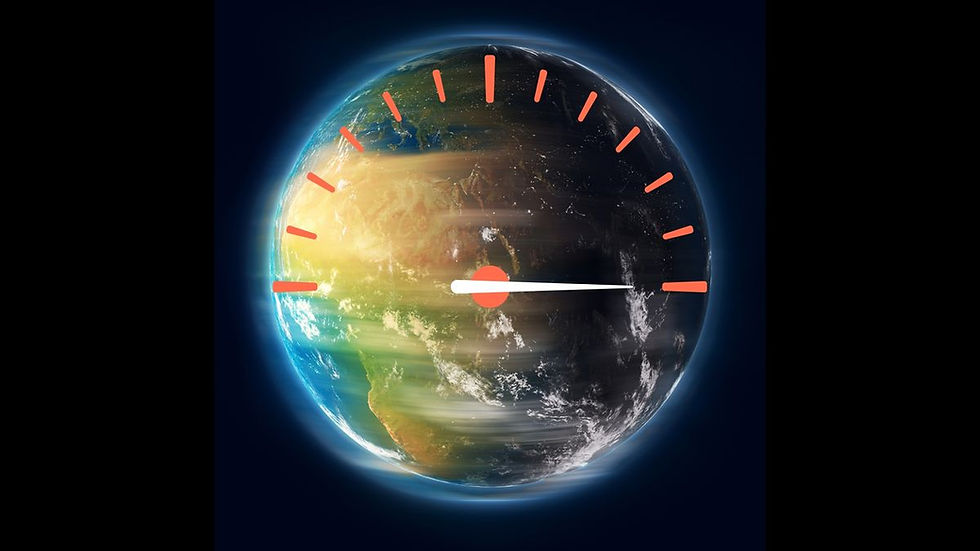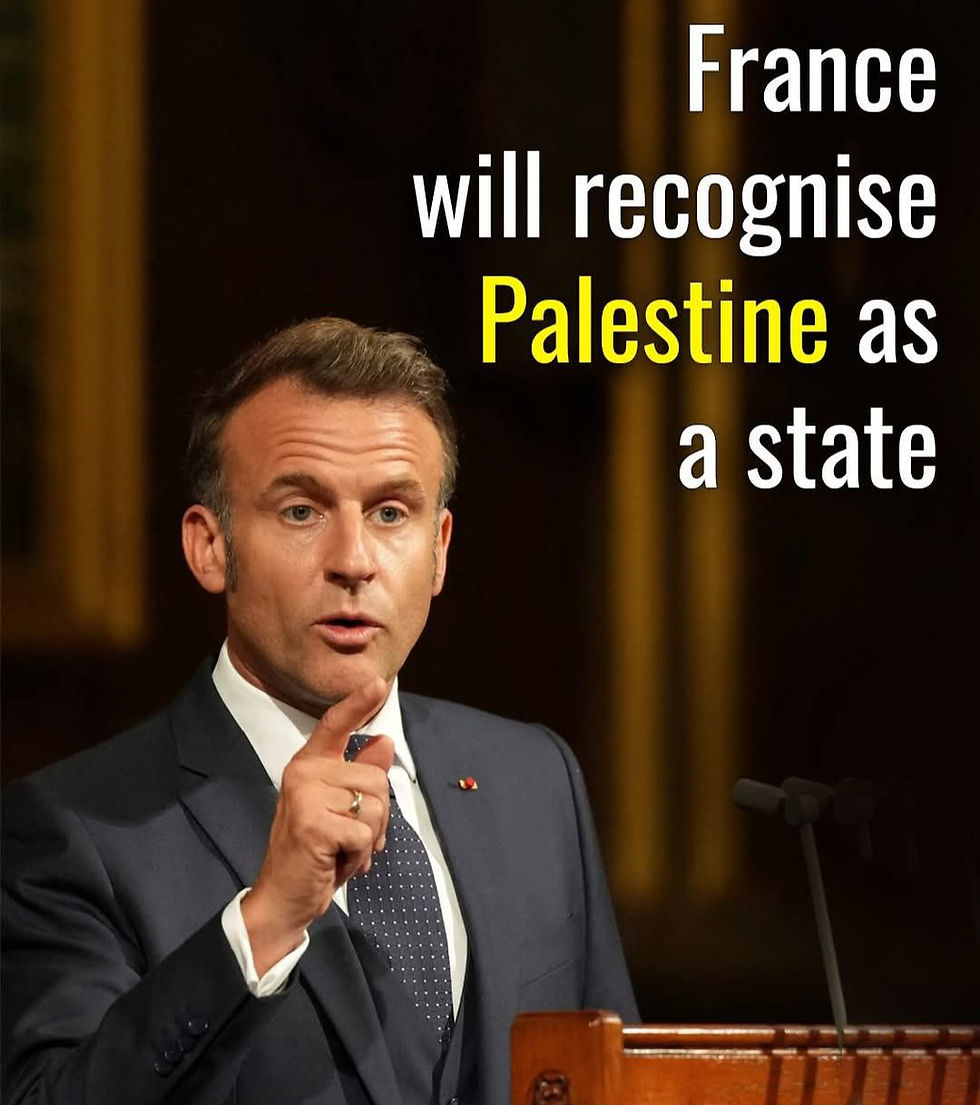Narendra Modi Becomes India’s Second Longest Serving Prime Minister
- TPP

- Jul 26
- 3 min read

On July 25, 2025, Prime Minister Narendra Modi reached a landmark in Indian political history by completing 4,078 consecutive days in office, making him the second-longest serving Prime Minister of India in an unbroken tenure. This milestone surpasses the earlier record held by Indira Gandhi, who served 4,077 consecutive days between January 24, 1966, and March 24, 1977. The only leader to have served longer in a continuous term is Jawaharlal Nehru, whose tenure lasted 16 years and 286 days (6,130 days), from August 15, 1947, to May 27, 1964.
This significant political achievement has not gone unnoticed internationally. During an official banquet in the Maldives, President Mohamed Muizzu congratulated Modi, calling it a “remarkable milestone.” He emphasized that Modi’s long service reflects his unwavering commitment to public service and the steady progress of India under his leadership. Such international recognition shows how Modi’s influence extends beyond national politics and resonates globally.
Modi's tenure is marked not only by its length but also by several historic political firsts:
He is the first non-Congress Prime Minister to complete two full terms.
He is also the longest-serving Prime Minister from a non-Hindi-speaking state, being a native of Gujarat.
Modi is the first Prime Minister born after India’s independence (born September 17, 1950).
He is the only non-Congress leader in Indian history to win three consecutive general elections with an absolute majority (2014, 2019, and 2024).
Along with Jawaharlal Nehru, he is the only Prime Minister to win three Lok Sabha elections as the leader of a political party.
These achievements are complemented by Modi's record-breaking leadership experience at both state and national levels. From 2001 to 2014, he served as the Chief Minister of Gujarat, and from 2014 onward as Prime Minister. This gives him an unmatched 24 years of continuous leadership in elected office, the longest combined executive tenure of any Indian political leader.
In contrast, former Prime Minister Atal Bihari Vajpayee (also from the BJP) had been elected three times — in 1996, 1998, and 1999. However, only one of those tenures lasted a full term (1999–2004), and the earlier stints were either short-lived or cut short due to no-confidence votes.
What makes this milestone even more significant is how it represents a major shift in India’s political narrative. Indian politics had long been dominated by the Congress Party, but Modi’s leadership marks a departure from that era. Even Indira Gandhi’s second term from 1980 to 1984 could not match the uninterrupted length of Modi's first term. His ability to secure three successive majorities without coalition support highlights both his personal popularity and the organizational strength of the BJP.
Modi’s rise is also a powerful story of personal transformation. Born in Vadnagar, Gujarat, into a modest family, he helped his father sell tea at a railway station during his early years. His political career began through the Rashtriya Swayamsevak Sangh (RSS) and progressed through the Bharatiya Janata Party (BJP). As Gujarat's Chief Minister, he led the state through rapid economic growth, and in 2014, emerged as the national face of leadership.
Since becoming Prime Minister, he has focused on strengthening India's global standing, implementing bold reforms, and driving large-scale development initiatives.



Comments